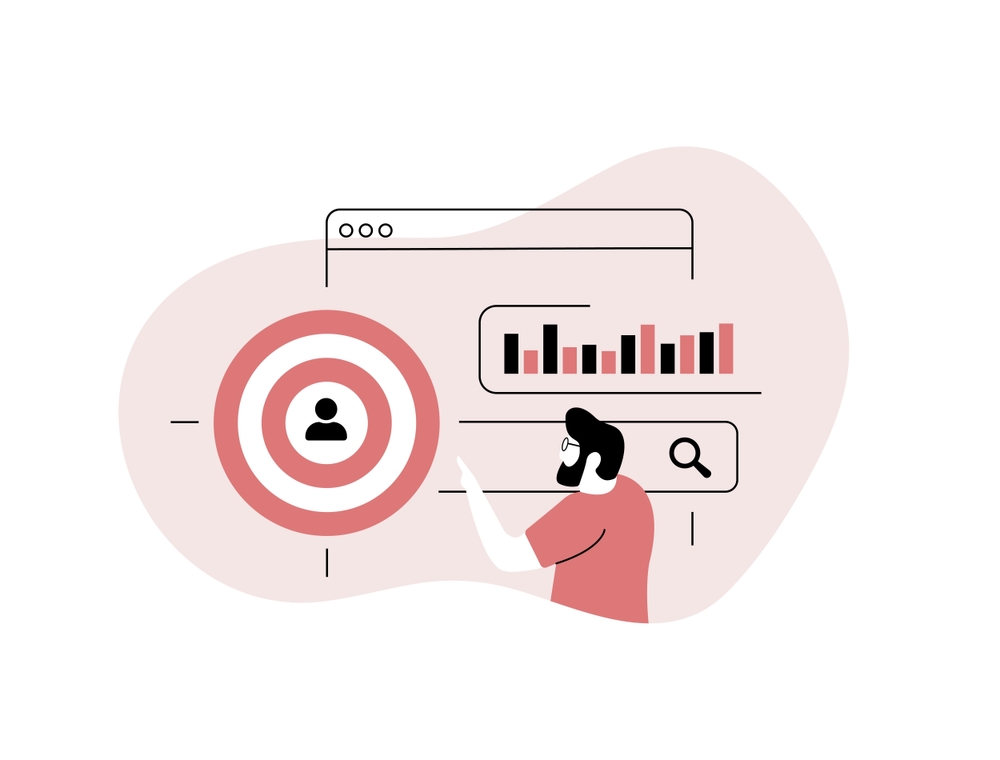Essential Website Security Practices for Small Businesses
- content editor
- 0 Comments
Small businesses live and die by trust. Customers expect their data to be safe when customers visit your site. That is not the case with many small sites. Sadly, they lack basic protection. Hackers know this. They target weak points like outdated software or weak passwords. A breach can cost money and time.
This can have a negative impact on the overall reputation of your business. It can close a business down for days or worse. But security does not need to be expensive or complex. Simple and steady steps protect most sites. This guide covers website security basics and shows practical moves any small business can make.
You can use them to stop common attacks and secure customer data. It helps keep your operation running. Start with the basics and grow from there. Strong habits protect your site and your customers, day in and day out.
7 Security Practices Every Small Business Needs to Take
Good security is a set of steady actions. It is not a single fix. Let’s go over the website security best practices to reduce risk and protect customers. Each practice helps build reliable external website security that defends against common threats.
1. Update Software Regularly
Outdated software contains holes that hackers exploit. Keep your CMS, plugins, and server software current. Patches close known issues fast. Automate updates where safe. Test updates on a copy of your site if possible. Regular updates are the bedrock of Security for Small businesses.
- Enable automatic updates when available.
- Update plugins the day a patch arrives.
- Remove unused plugins and themes promptly.
- Keep server OS and control panels patched.
Keep in mind that these updates have improved the interface as well as made improvements to deal with bugs. They can be great at dealing with different viruses or malware. This brings us to our next point.
2. Get Malware and Virus Protection for Your Site
Malware can steal customer data or hide harmful code in pages. It is best to use a trusted site scanner and malware blocker. You can also set scheduled scans and real-time monitoring. Pair site tools with external website security services for quick cleanup and response. Here are some tips to help you out:
- Install a reputable malware scanner plugin or service.
- Schedule regular full site scans weekly.
- Activate real-time threat detection alerts.
- Remove infected files promptly when found.
- Keep quarantine logs for review.
Malware is one of the many ways that hackers can use to gain access to private data. It is why you need to pay special attention to it.
3. Use a Vulnerability Scanner
A vulnerability scanner finds weak spots before attackers do. Run scans monthly or after major updates. The scanner checks for open ports, old scripts, and misconfigurations. Fix issues early and re-scan to confirm.
Run a scan after changes to plugins, themes, or server settings. Treat scan results like a to-do list. Prioritize fixes that expose customer data. Scanning is cheap insurance and helps you stay ahead of trouble.
4. Be Careful with Login Permissions
Over-broad access is a common backdoor. You need to limit admin accounts to avoid this issue. It is best to give staff only the rights they need. Furthermore, use two-factor authentication for all admin logins. Additional steps that you can take are:
- Create unique accounts for every user.
- Assign the lowest necessary permissions.
- Enforce two-factor authentication for admins.
- Lock accounts after repeated failed logins.
- Rotate credentials when staff leave or roles change.
In addition to that, monitor and log login attempts for odd behavior. Strong login hygiene stops many attacks at the door.
5. Perform Backups Frequently
Backups are your safety net. If the site is hacked or corrupted, a recent backup restores service quickly. Automate backups and keep copies offsite. Test restores regularly, so backups actually work when needed. Carry out the following steps as well:
- Schedule daily or weekly automated backups.
- Keep at least three backup versions available.
- Store backups in a secure off-site location.
- Test restore procedures quarterly.
- Encrypt backup files to protect data.
The last thing you want is to lose access to your valuable data. It can have a significant negative impact on your business. So the best way to deal with this issue is to have a data backup.
6. Protect Customers with an SSL
SSL encrypts data between the browser and your server. It protects logins and forms, or payments. Browsers warn users about insecure sites. As a result, SSL builds trust and helps search rank. You can use modern TLS configuration and renew certificates on time.
Make HTTPS mandatory across the site and redirect HTTP traffic. Use HSTS headers for extra protection. SSL is a small step with a big impact on customer confidence.
7. Protect Your Wi-Fi
Unsecured Wi-Fi can give attackers a path to internal systems. This is why your business should always use strong WPA2/WPA3 encryption. Change default router admin passwords and hide SSIDs where appropriate. Apart from that, you should also create separate guest networks for visitors and contractors.
Secure Wi-Fi reduces the risk of lateral attacks on your business tools. Consider segmenting networks for POS systems or back-office machines. Monitor connected devices and revoke access for unknown clients.
Takeaway
These steps form the core of best practices for website security. Keep in mind that security is not a single purchase. It’s ongoing care. Applying website security basics and following clear website security best practices helps you reduce risk. It keeps customers safe and protects your business reputation.
Simple habits can create strong protection without huge expense. Act now and make security part of your daily routine. It pays off in trust and fewer headaches later.
DoubleM Media (DMM) helps you with creating an easy and cost-effective website security and monitoring plan that is built for small businesses. Contact DMM to get a security check and tailored protection plan today.





